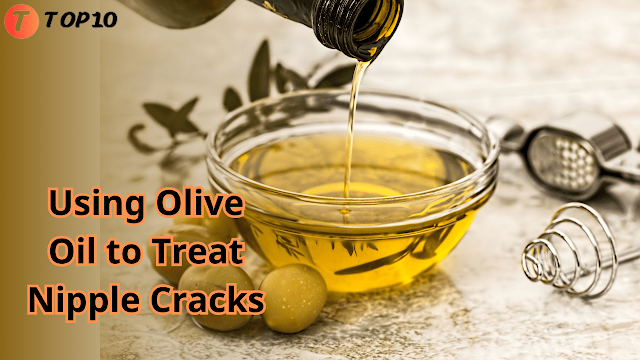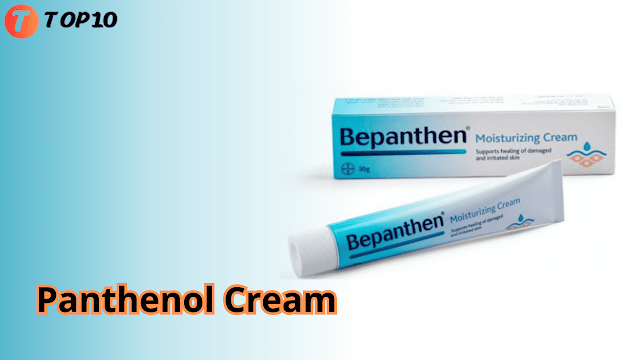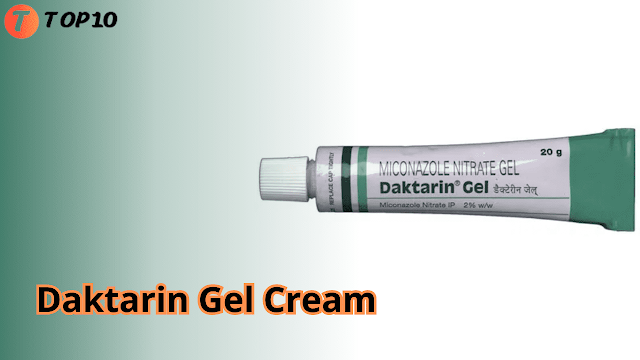 |
| Top 10 Ways to Treat Nipple Cracks During Breastfeeding. |
Cracked nipples During the breastfeeding period, women often experience nipple cracks along with persistent itching and irritation. Sometimes, these cracks can even develop into wounds and severe pain. Therefore, in the following paragraphs, we will explore the top 10 methods for treating nipple cracks during breastfeeding.
What is a common problem faced by most mothers when breastfeeding?
- What do cracked nipples look like?
- Dehydration of a pregnant woman's body during pregnancy.
- Certain changes in a pregnant woman's body have a significant impact on skin stretching and nipple cracking.
- Improper latching of your baby onto the nipple can cause nipple cracks and a lot of severe pain.
How to Prevent Nipple Cracks During the Breastfeeding Period
Pregnant women should take care of their breasts during the late stages of pregnancy by washing their nipples with warm water daily.
It is essential to thoroughly clean the nipples after breastfeeding and before the next feeding.
It is important to alternate breasts during breastfeeding, meaning if you breastfeed from the right breast the next time, you should breastfeed from the left breast. This helps reduce the growth of fungi around the nipples.
Use some natural oils or creams containing vaseline to massage the nipples after each feeding to alleviate pain.
Avoid excessive use of soap.
Ensure proper positioning of the baby on the breast, making sure the entire nipple enters the baby's mouth.
Wearing breathable cotton attire with a relaxed fit is recommended.
Top 10 ways to treat nipple cracks home remedies
breastfeeding cracked nipples, How to heal cracked nipples:
- Orient-An Cream
- Purelan Cream
- Sanosan Cream
- Daktarin Gel Cream
- Panthenol Cream
- Using Water and Salt to Treat Nipple Cracks
- Using Bee Honey to Treat Nipple Cracks
- Using Olive Oil to Treat Nipple Cracks
- Using Fenugreek Seeds to Treat Nipple Cracks
- Using Warm Compresses
10- Using Warm Compresses
 |
| Using Warm Compresses. |
Warm compresses are one of the best ways to help reduce swelling of the nipples.
Additionally, warm compresses have an effective impact on improving blood circulation.
You can use warm compresses as follows:
- Encase a hot water bottle in a gentle, plush towel.
- Place the towel on the breast for fifteen minutes.
- For optimal outcomes, perform this action twice daily.
9- Using Fenugreek Seeds to Treat Nipple Cracks
 |
| Using Fenugreek Seeds to Treat Nipple Cracks. |
Fenugreek seeds contain the flavonoid compound known for its great benefits in reducing breast nipple inflammations.
You can use fenugreek seeds to treat nipple cracks as follows:
- Soak three tablespoons of fenugreek seeds in water for at least 8 hours.
- Grind these seeds thoroughly to make a paste.
- Place this paste in a piece of cloth and warm it slightly.
- Apply the paste to the nipple.
- It is advisable to repeat this process twice daily for three weeks.
8- Using Olive Oil to Treat Nipple Cracks
 |
| Using Olive Oil to Treat Nipple Cracks. |
Olive oil is one of the best natural methods for treating nipple cracks because it contains essential amino acids and fatty acids for the body.
It also has natural properties that help moisturize the body and provide the nipple area with sufficient hydration to prevent nipple cracks during the breastfeeding period.
Doctors recommend using olive oil for massaging the breast area starting from the ninth month of pregnancy.
Olive oil helps prevent injuries and inflammation that mothers may experience during the natural breastfeeding period.
You can use olive oil to treat nipple cracks as follows:
- Apply a few drops of olive oil to the nipple and massage continuously with circular motions for several minutes.
- Repeat this daily to prevent nipple pain and cracks.
7- Using Bee Honey to Treat Nipple Cracks
 |
| Using Bee Honey to Treat Nipple Cracks. |
Natural bee honey is one of the most effective remedies for nipple cracks because it is a potent anti-inflammatory agent.
You can use bee honey as follows:
- Apply a small amount of bee honey to your nipples daily, and you will notice excellent results.
6- Using Water and Salt to Treat Nipple Cracks
 |
| Using Water and Salt to Treat Nipple Cracks. |
Using water and salt is one of the most well-known natural remedies used to treat nipple cracks.
You can use water and salt as follows:
- Mix half a teaspoon of salt with a liter of warm water thoroughly.
- Place the mixture in a spray bottle and use it to spray the saline solution on the nipples after each natural breastfeeding.
- Rinse the nipples before the next breastfeeding.
5- Panthenol Cream
 |
| Panthenol Cream. |
cracked nipple treatment, Panthenol Cream:
- Panthenol cream helps moisturize the breast nipple and resists all inflammations and cracks in that area.
- Panthenol cream is suitable for all skin types.
- It is used in the case of natural breastfeeding, applied after each feeding to prevent nipple cracks and inflammation.
- It can also be used to treat irritations caused by the use of baby diapers.
4- Daktarin Gel Cream
 |
| Daktarin Gel Cream. |
nipple fissure treatment, Daktarin Gel Cream:
- Daktarin Gel Cream is one of the creams designed to treat nipple inflammation for breastfeeding mothers.
- Daktarin Gel helps eliminate the fungi present in the baby's mouth that can transfer to the mother's nipple during breastfeeding, Ways to Treat Pregnancy Stretch Marks.
3- Sanosan Cream
 |
| Sanosan Cream. |
nipple crack cream, Sanosan Cream:
- Sanosan Cream is one of the top 10 ways to treat nipple cracks, as it contains natural lanolin that soothes cracked nipples.
- What sets Sanosan Cream apart is its lack of any fragrances or preservatives, making it completely safe for the baby's stomach and causing no discomfort.
- Sanosan Cream contains natural ingredients to cleanse the breast area from fungi.
- Sanosan Cream provides the skin with exceptional moisture and smoothness due to its content of Vitamin A and Vitamin C.
- It helps prevent the appearance of stretch marks that women may experience during pregnancy.
2- Purelan Cream
 |
| Purelan Cream. |
- Purelan Cream is one of the top 10 ways to treat nipple cracks during breastfeeding, moisturize the breast nipple, and prevent the inflammation that women may experience during the breastfeeding period.
- It is completely free of parabens and fragrances, making it entirely safe for both the mother and the baby.
- It can also be used to moisturize the lips and dry skin in adults and children.
How to use Purelan Cream to prevent nipple cracks:
- Apply a layer of cream to the breast nipple and leave it until it dries.
- Repeat this twice daily.
1- Orient-An Cream
 |
| Orient-An Cream. |
Orient-An Cream helps alleviate the severe pain experienced by mothers due to nipple cracks during the breastfeeding period.
Orient-An Cream is one of the top 10 ways to treat nipple cracks during breastfeeding.
It also plays a fantastic role in moisturizing the skin and treating burns resulting from exposure to strong sunlight.
Orient-An Cream Usage Instructions:
- Wash the breast area and pat it dry with a soft cotton towel.
- Apply a small amount of the cream and gently massage it in circular motions.
- Repeat this twice daily for good results.
benefits of breastfeeding
health benefits of breastfeedin, Breastfeeding is defined as the process of nourishing an infant with breast milk, either directly from the breast to the baby's mouth or indirectly by expressing the mother's milk from the breast and feeding it to the infant through a bottle, Breastfeeding has benefits for both the child and the mother.
According to the American Academy of Pediatrics, a woman who is not experiencing any health issues should breastfeed her child naturally for at least the first six months of life. She should also consider continuing to breastfeed for another six months, up to one year, as it holds various benefits and advantages for both the child and herself.
